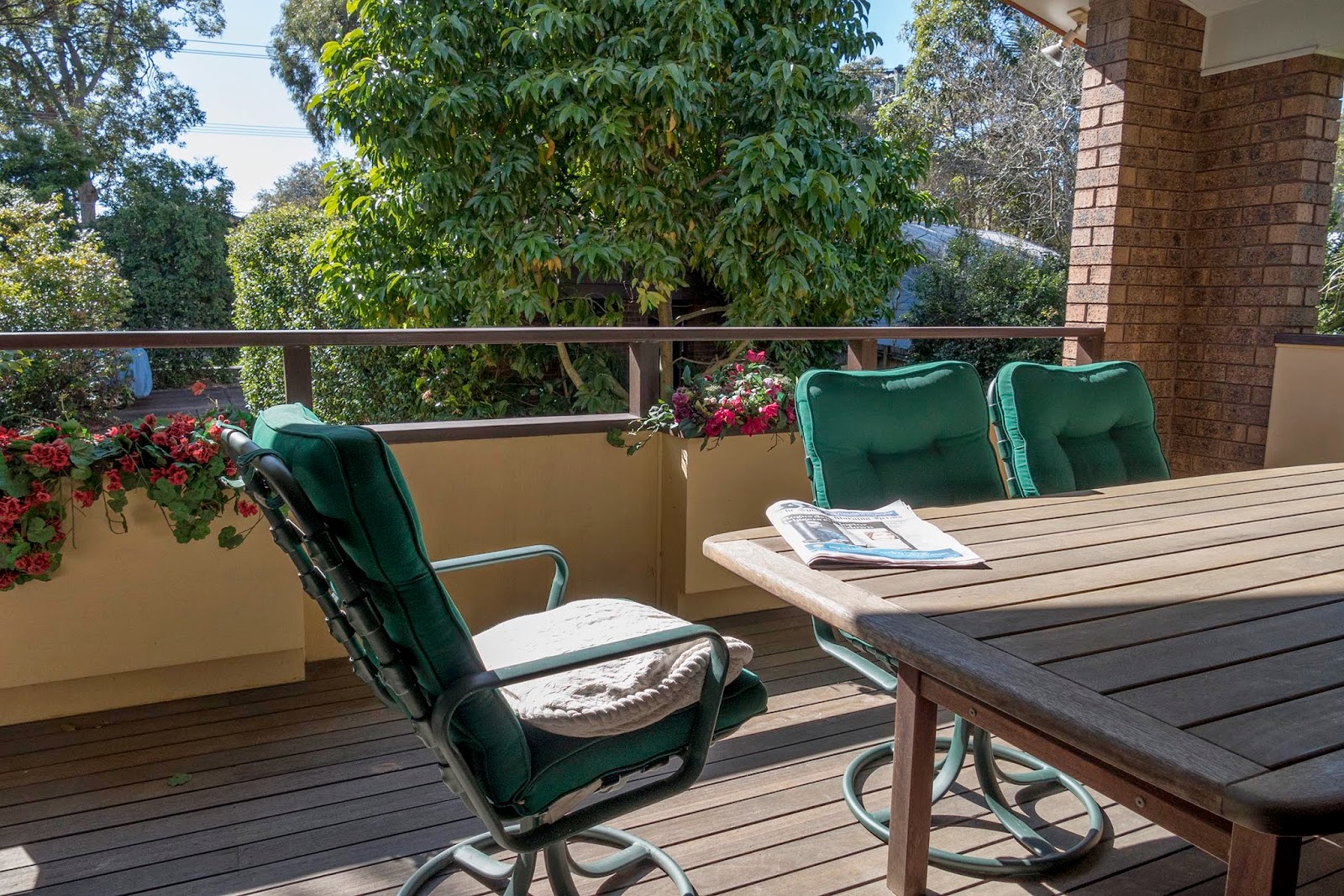 |
| RAW |
 |
| JPG, I-Dynamic Off |
 |
| JPG, I-Dynamic On |
Although the FZ1000is an excellent RAW shooters camera there are many people who prefer to shoot JPG for convenience and there are subjects, such as sport/action when JPG capture is desirable and functions such as i-Zoom or Macro-Zoom when JPG is required.
I have discovered that the FZ1000 has a moderate tendency to blow out very bright highlights especially when subject brightness range is high.
Many cameras have a function which seeeks to improve both highlight and shadow detail in one shot JPG capture. In the FZ1000 this is called i-Dynamic which is accessible in the Rec Menu, Page 3/7. This works by slightly underexposing the picture to reduce the risk of highlight clipping then applying a tone curve correction to lift brightness in the shadows and mid tones.
The photos I photographed this scene with high brightness range using RAW, JPG with i-Dynamic Off and JPG with i-Dynamic On. The aperture and ISO were set, the camera adjusted shutter speed.
The RAW file was converted and adjusted in Photoshop Camera Raw by moving the highlight slider to the left and the shadow slider to the right, then saving as a JPG.
The other two files are as they came from the camera.
You can easily see that RAW capture and post processing is the most effective way to manage high subject brightness range. It is also clear that the JPG with i-Dynamic On (Auto) has better highlight and shadow detail than the one with I-Dynamic Off.
I also tested i-Dynamic Low, Standard and High. I found that Auto gave the same result as High with the test scene.
I live in Sydney where I very often encounter subjects with high brightness range so I have i-Dynamic permanently set to Auto so it comes into operation anytime I am using JPG capture. It does not work with RAW capture.
I have thus far not discovered any adverse effects from this. In particular Burst mode M with AFC appears to function just as well with i-Dynamic on or off.
Zebras These diagonal black and white moving stripes have been used on video cameras for several years to indicate areas of the frame which will be exposed above a certain level. The feature is now available on some still/video hybrid cameras including the FZ1000. I find that a setting of 100%-105% works well for many types of still photo. If there are substantial areas showing zebras you can apply negative exposure compensation to protect the highlights.
Getting best results with this is still a work in progress for me but I am finding that lowering exposure until all the zebras have gone is probably a step too far, depending on how important every single highlight detail is to the photo.
Recommendations for JPG shooters:
1. Probably always use i-Dynamic (unless someone finds a circumstance in which that setting would interfere with some other camera function).
2. Switch Zebras On and use them to prevent highlight overexposure (clipping).
Tidak ada komentar:
Posting Komentar